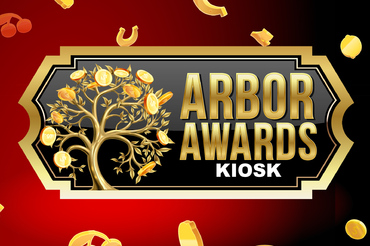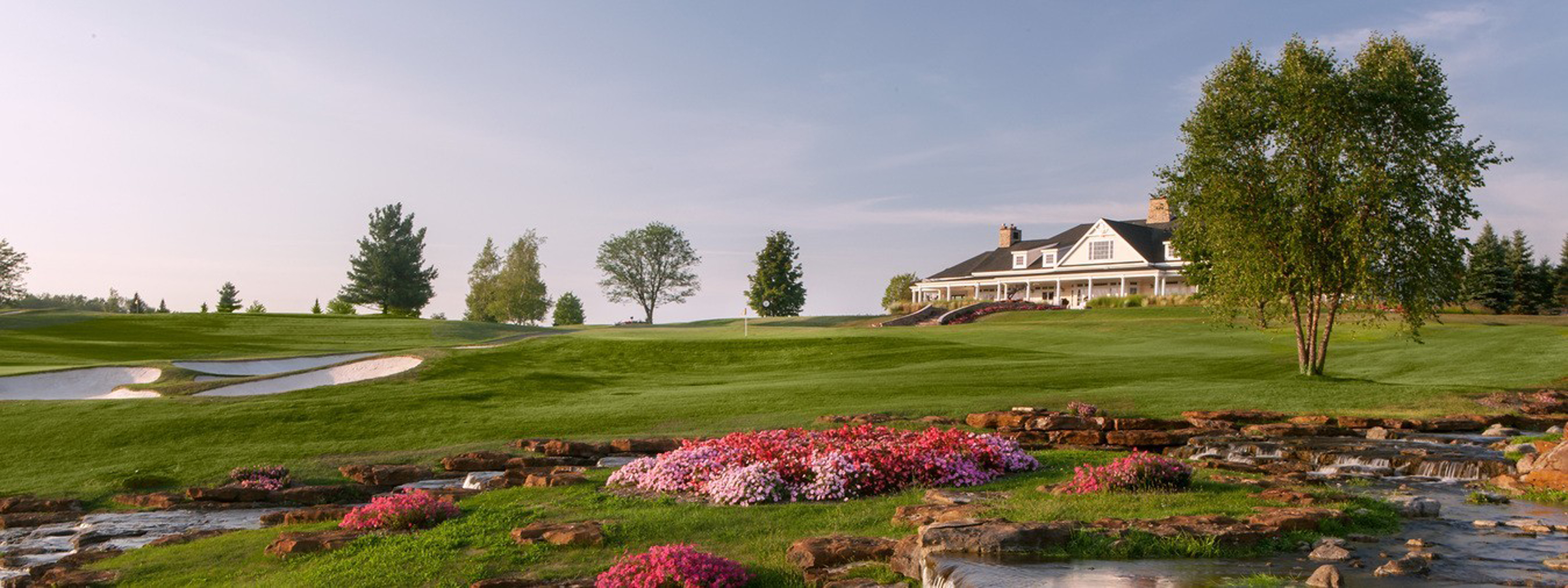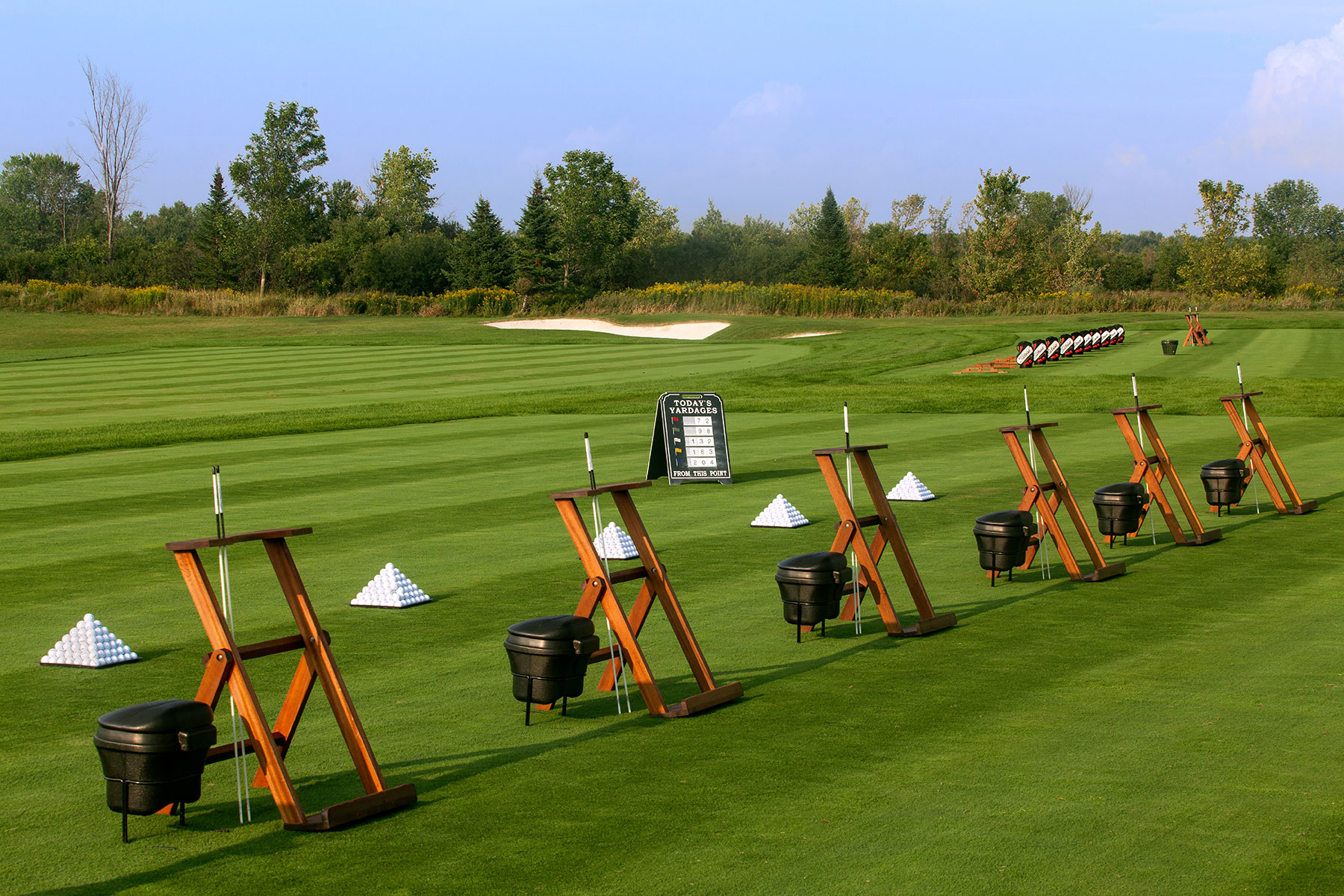Opening on Friday, April 26
This Tom Fazio design was home to the Turning Stone Resort Championship from 2007 – 2010. In 2006 it was the site of both the PGA Professional National Championship and the BC Open. The parkland setting of Atunyote (the Oneida word for 'eagle') features vast stretches of open space, gently rolling hills, a stream of small waterfalls, and several lakes. Walk the fairways that past champions have all walked.

- 2016 PGA Professional Championship
- 2008 - 2014 Notah Begay III Foundation Challenge
- 2007 - 2010 Turning Stone Resort Championship
- 2006 PGA Professional Championship
- 2006 PGA Tour BC Open
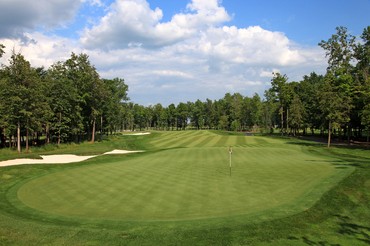
In many ways, playing at Atunyote is to experience a revival of the grand days of golf, combined with timeless elegance and our own personal touches. Your time spent here allows us to showcase our award winning facility by providing you with every first class service imaginable.
Your day will include golf bag service and personal attention from our Professional Golf Staff. During the round, you'll be treated like a PGA Tour player and have an unforgettable day of golf with preferred treatment that few players ever experience. A round at Atunyote reflects an unsurpassed level of customer service with quality course conditioning found exclusively at Turning Stone Resort Casino.
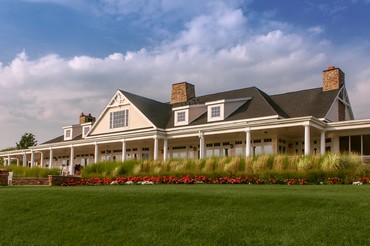
Memorable golfing begins and ends at The Clubhouse at Atunyote. The New England-style structure is the focal point for the traditional parkland setting drawn by course architect Tom Fazio. The Clubhouse overlooks the 18th green as well as the large lake, which runs along the fairway of the dramatic finishing hole. A wrap-around porch offers spectacular views of the surrounding countryside. The Players' Lounge is warmed by a large fireplace and outfitted with rich wood and leather furniture. The spacious room is enhanced by a cathedral ceiling and chandelier, while natural light shines through a stunning stained glass window depicting an eagle in flight. Atunyote is the Oneida word for "eagle."
- Restaurant: The main dining room can accommodate up to 60 guests, while the veranda has seating for 70. Please call in advance for lunch reservations at 315.361.8024
- Pro Shop: Custom apparel from all the leading manufacturers.
Solo Riders are available to rent upon request. Please call 315.361.8545 for details (72 hours notice needed).

There’s a better way to play with your own clubs.
Simply fill out your information on the ShipSticks website and worry only about getting yourself to the course. Now available for all five Turning Stone courses.
It’s never been more convenient to golf with your own clubs.

You now have a larger selection and more options when ordering from the Turning Stone Resort Casino Custom Apparel Collection.
Visit this online store to have your items shipped directly to your home!
course tour videos




